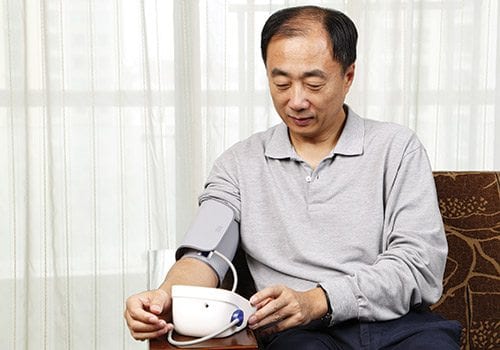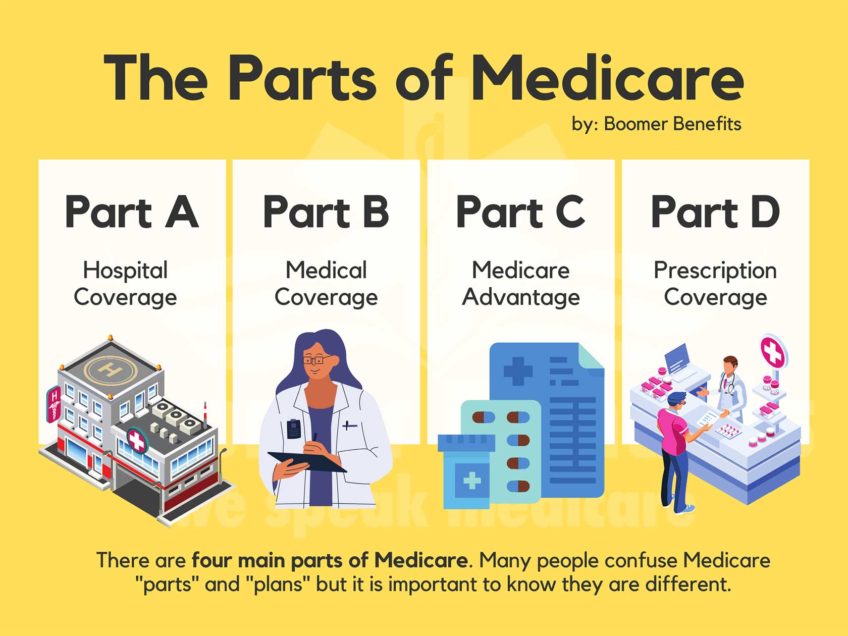
Correctly measure your blood pressure
There is a proper method to use to measure one’s pressure:
1 Take your pressure the same time every day
2 Don’t eat or use caffeine, alcohol or tobacco products 30 minutes before measuring your blood pressure
3 Empty your bladder
4 Rest for three to five minutes before testing
5 Do not talk
6 Sit comfortably. Do not cross your legs or ankles. Make sure your back is supported
7 Place the cuff on bare skin, not over clothes
8 Rest your arm on a table or arm chair at about heart level
9 Wrap the cuff snugly around the upper arm. There should be enough room to place a finger under the cuff
10 Take another reading one to three minutes later to check accuracy
Doctors often recommend home monitoring of blood pressure. Home monitoring is particularly helpful for not only those with diagnosed HBP, but also for those who experience “white coat syndrome” (elevated pressure at the doctor’s office) and those with several risk factors. Daily checks allow them to see your pressure over a period of time and also how well the medication is working. It is always recommended to document your findings and share them with your doctor at the next visit.
The trick is finding a reliable monitor. Not just any one will do. The American Heart Association recommends an automatic, cuff-style upper-arm monitor. Wrist and finger monitors are less reliable. The quality can vary from one unit to another. Dabl Educational Trust tests several monitors and provides on its website a list of those that have been validated and approved.
Size may also be a factor. Special sized cuffs are available to accommodate larger or smaller people.
Home monitoring does not take the place of regular checks by your doctor. It merely shows your pressure on a continuum of several days in a row rather than a snapshot view. Contact your provider if your pressure remains consistently high after several readings.



![Banner [Virtual] Art Gallery](https://baystatebanner.com/wp-content/uploads/2024/04/Cagen-Luse_Men-at-store-e1713991226112-150x150.jpg)



